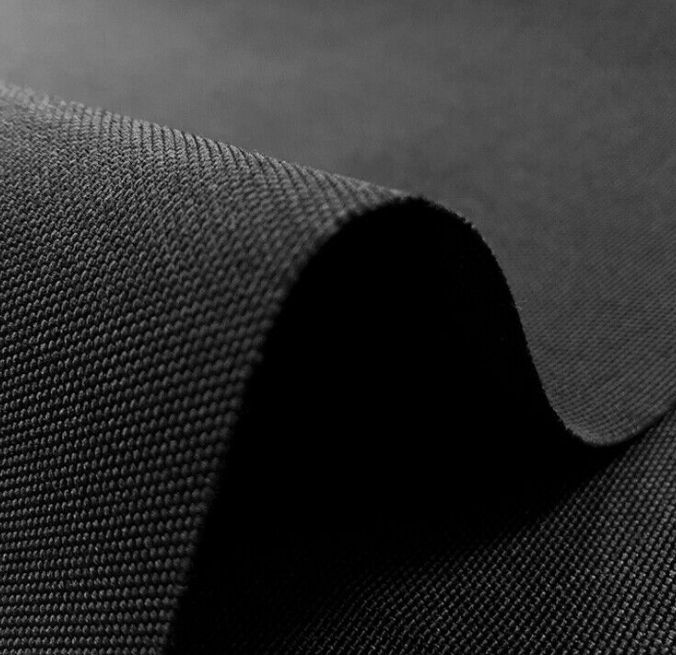Nylon is a type of polyamide, a polymer with repeating units linked by amide bonds. It is characterized by its strength, elasticity, and resistance to abrasion and chemicals. The name “Nylon” is often used to refer to a family of materials, each with a different number designation. These designations refer to the number of carbon atoms in the diamine and dicarboxylic acid monomers used to produce the CNCJY nylon polymer.
5 Types of Nylon
- Nylon 1,6: This is a relatively rare type of nylon. The numerals “1,6” indicate that it is made from one carbon atom in the diamine and six carbon atoms in the dicarboxylic acid.
- Nylon 4,6: This type of nylon is made from a diamine with four carbon atoms and a dicarboxylic acid with six carbon atoms. It has a higher melting point and better mechanical properties than Nylon 6,6 and is used in demanding engineering applications.
- Nylon 510: This type of nylon is synthesized from a diamine with five carbon atoms and a dicarboxylic acid with ten carbon atoms. It is less common than Nylon 6 and Nylon 6,6.
- Nylon 6: This type of nylon is synthesized from a monomer with six carbon atoms, specifically caprolactam. It is used in applications ranging from clothing and carpets to industrial components.
- Nylon 6,6: This is made from a diamine with six carbon atoms and a dicarboxylic acid with six carbon atoms. It is the most common type of nylon and is used in a wide variety of applications due to its excellent balance of strength, toughness, and heat resistance.
Properties of the Specified Types of Nylon
Nylon, being a versatile material, has a broad range of properties that can be modified based on the type of nylon and the specific requirements of the application. Here’s a basic overview of the properties of the specified types of nylon:
| Type | Melting Point | Tensile Strength | Flexural Modulus | Impact Strength | Notes |
| Nylon 1,6 | Data not readily available | Data not readily available | Data not readily available | Data not readily available | This type of nylon is relatively rare, and specific data on its properties is not as well-documented as for other types of nylon. |
| Nylon 4,6 | ~295°C | ~80 MPa | ~2.7 GPa | ~7 kJ/m² | — |
| Nylon 510 | Data not readily available | Data not readily available | Data not readily available | Data not readily available | This less common type of nylon is not as thoroughly documented. |
| Nylon 6 | ~220°C | ~75 MPa | ~3 GPa | No Break kJ/m² | — |
| Nylon 6,6 | ~263°C | ~80 MPa | ~3 GPa | No Break kJ/m² | — |
Uses of Nylon
Here are the uses for the different types of nylon you mentioned:
- -Nylon 1,6: As Nylon 1,6 is relatively rare and less commonly used, specific applications are not as well-documented as for other types of nylon. However, like other nylons, it can be used in applications that require a strong, durable material with good chemical resistance.
- -Nylon 4,6: Due to its higher melting point and better mechanical properties, Nylon 4,6 is used in demanding engineering applications. These include parts in the automotive industry that need to withstand high temperatures, such as under-the-hood components. It’s also used in electrical connectors and other electronics applications due to its flame retardance.
- -Nylon 510: This less common type of nylon can be found in certain specialty applications. It may be used in specific industrial settings where its unique balance of properties offers advantages.
- -Nylon 6: Nylon 6 is used extensively in both industrial and consumer applications. For example, it’s used in the production of tires (due to its high tensile strength), carpets, ropes, and clothing. It’s also used in the manufacture of plastic parts for machines due to its good fatigue resistance and toughness.
- -Nylon 6,6: Nylon 6,6 is the most common type of nylon and is used in a wide variety of applications. These include textiles (such as pantyhose and swimwear), carpeting, and car parts. It’s also used for mechanical parts such as gears, bushings, and bearings due to its excellent balance of strength, toughness, and heat resistance.
High-Performance Nylons in 3D Printing

Nylons are favored in 3D printing due to their excellent mechanical properties, good chemical resistance, and flexibility. However, not all types of nylons are easy to print with due to issues like warping and high moisture absorption. This is where high-performance nylons come into play. In terms of advancements in 3D printing techniques for these materials, there are several notable areas of development:
- Improved Printers and Extruders: Modern 3D printers and extruders are becoming better at handling the high melting temperatures of high-performance nylons, which can often exceed 250°C.
- Better Moisture Management: As nylons are hygroscopic and can absorb moisture from the air, which affects print quality, there have been advancements in filament storage and handling to minimize moisture-related issues. Some solutions include the use of dry boxes for filament storage and the pre-drying of filaments before printing.
- Enhanced Bed Adhesion Techniques: To overcome the issue of warping (a common problem when 3D printing with nylons due to their high shrinkage rate), various bed adhesion techniques have been developed. These include the use of heated print beds and special bed adhesives.
- Use of Composite Filaments: There has been a lot of interest in the use of composite filaments that combine nylon with other materials, such as glass or carbon fiber. These composite filaments can offer improved rigidity, strength, and thermal stability compared to pure nylon filaments.
- Post-Processing Techniques: Various post-processing techniques have been developed to improve the properties and appearance of 3D-printed nylon parts. These include annealing (heat-treating) to reduce internal stresses and improve dimensional stability, and various surface finishing techniques to improve the part’s appearance and feel.